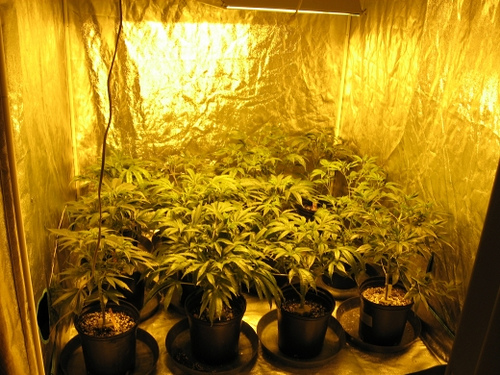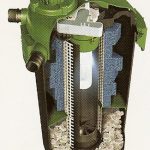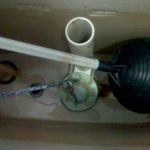A grow room enables one to raise and cultivate crops indoors and do so during any season of the year. Learning how to build a grow room isn’t so much building as it is preparing an available room for conversion into an in-house garden.
The first thing to consider in building a grow room is finding a suitable space to build it in. If one plans to convert a particular area of their home into a grow room, one can make use of any small room, or even a closet. One may even reserve a part of their basement for this purpose. The grow room’s layout will depend on how many plants one intends to grow and what kind of plants they are.
One should keep in mind that the prospective grow room should have access to electricity in order to power the grow lights, the light timer and other electrical equipment that would be required. Also, the room should ideally be close to an available water source, as buckets and watering cans will have to be brought into the room in a safe and convenient manner.
The grow room’s floor is another important matter to mull over. Any carpeting should be removed from the floor in order to avert the growth of mold and mildew. The floor should preferably be made of tile, concrete, vinyl or linoleum. This is because these materials are easier to clean, as they are tolerant of dirt, humidity and water leakages that could occur in a grow room. In anticipation of accidental overflowing, place plastic boot mats underneath the larger floor pots so that they will catch any overflowing water.
The windows of the grow room should be sealed off with sheets of black plastic. A curtain of black plastic should also be hung on the front of the door from the interior of the grow room. This is so one can enter without allowing light from the outside to get into the room. One should give some thought on the type of plant grow lights to be used. The most commonly available and safest to use are florescent lights, preferably two side-by-side 4 ft lights rather than a single 8 ft one. Meanwhile, metal halide lights give off greater intensity, but need constant ventilation among other particular safety measures.
The plant grow lights should be installed with a grow lighting system so that the lights can be raised or lowered. The lights can be hung on pulleys or adjustable chains in order to have room for the plants as they grow. Metal halide lights would be mounted on a track. Cables and chains should be used to guarantee steadiness and sturdiness, but avoid using materials that are flammable. Use an electrical light in managing the grow lights, which need to follow a day and night cycle.
The grow tables should be placed under the grow lights, and should be equipped with a drainage system. As much as possible, the table should also have a system for recycling excess water. If one is using a hydroponics system, make use of a timer for water circulating pumps. If one uses a drip or irrigation system, get a timer that guarantees equal regular watering. Also, add small low-power table fans into the grow room to ensure circulation. If the room is a small area, such as in a closet, a single small fan would be enough.



